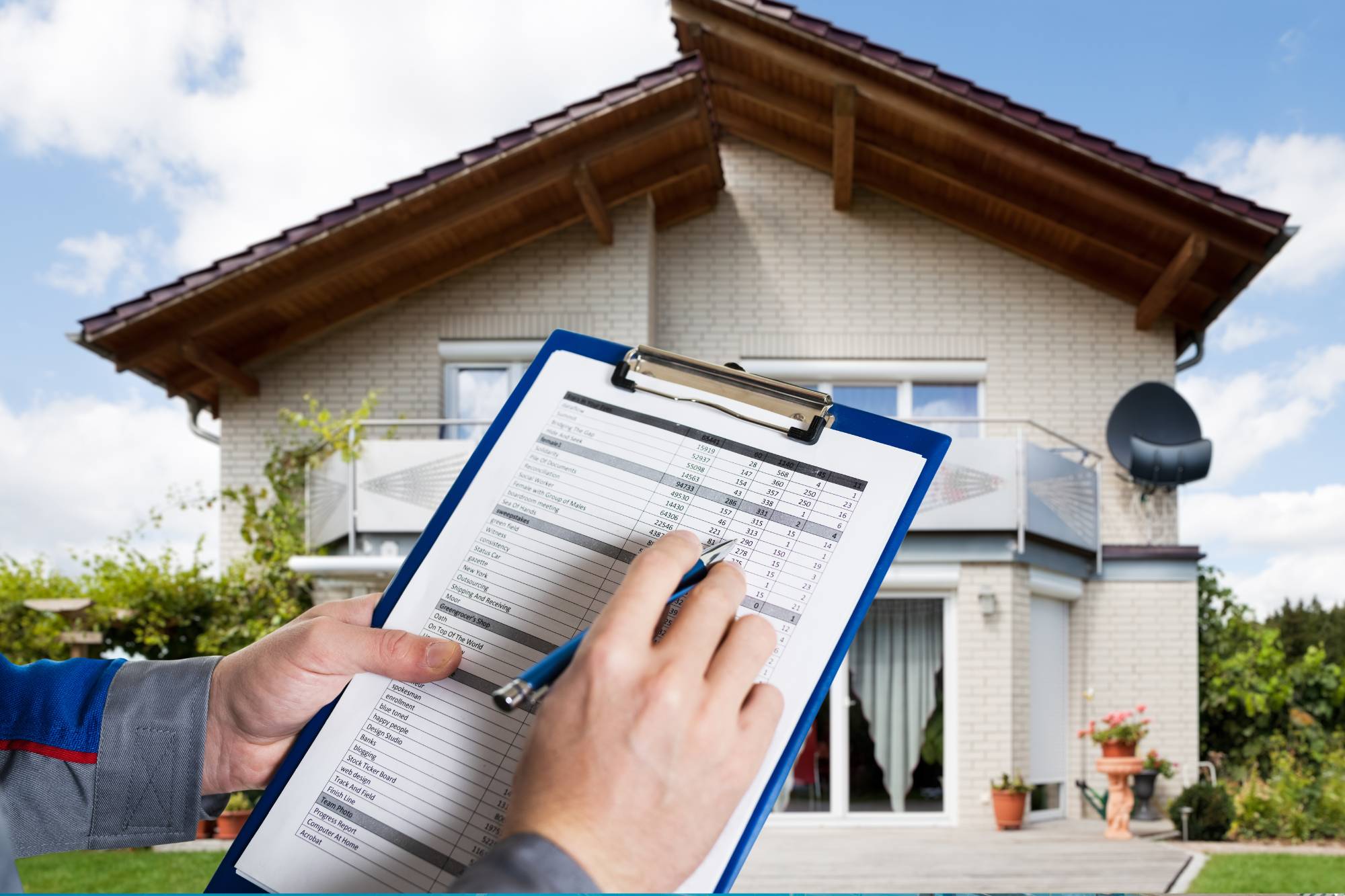Owning a property in Australia is an exciting venture, but it also comes with the responsibility of regular upkeep. Whether you own a home, an investment property, or are a tenant, ensuring your property remains in good condition is vital to preserving its value and maintaining a safe, comfortable living environment.
Australia’s diverse climate presents unique challenges, from intense heat and humidity to the chill of winter and coastal weather that can wreak havoc on your property. Here’s a comprehensive guide to help homeowners and property managers understand what needs to be done regularly to maintain an Australian property.
Let’s Get Straight to the Point
Maintaining an Australian property requires regular inspections, seasonal upkeep, and prompt repairs to prevent costly issues.
Key tasks include checking the roof, gutters, plumbing, electrical systems, and HVAC units and ensuring security measures like smoke alarms and locks are functional. Exterior maintenance involves caring for gardens, decks, and coastal properties, while interior upkeep prevents water damage, mould, and pest infestations.
Seasonal considerations—such as bushfire preparedness in summer and insulation in winter—are crucial. A proactive approach helps preserve property value, enhance safety, and ensure long-term comfort.
1. Regular Inspections And Maintenance
Regular inspections are essential to prevent costly repairs and address minor issues before they become major problems.
- Property Inspections: Depending on your property, perform routine inspections at least once every six to twelve months throughout the year. This will help you spot leaks, pest infestations, or structural damage early on.
- Create an Annual Maintenance Schedule: Develop a yearly checklist for essential tasks like gutter cleaning, HVAC servicing, and plumbing checks. This can prevent many problems before they arise.
- Seasonal Maintenance: Australia’s climate varies greatly, so your property’s needs change with the seasons. Ensure that you adapt your maintenance schedule to address the specific challenges of each season.
2. Exterior Maintenance
The exterior of your home or investment property is exposed to the elements year-round and requires regular attention.
- Roof Inspections: Check for damage to the roof, including cracked tiles, leaks, and wear and tear from heavy rainfall, storms, or harsh sunlight. Clean the downspouts and gutters to guarantee appropriate drainage.
- Exterior Walls, Windows, and Doors: Inspect the exterior for cracks, moisture buildup, or paint peeling. These can lead to further issues, such as structural damage and energy inefficiency.
- Decks, Stairs, and Landings: Clean and oil external wooden surfaces to prevent them from rotting or warping due to the weather. Regularly check for splinters and wear on external surfaces.
- Gardens and Landscaping: Keep the garden in shape by trimming plants and trees to prevent them from overgrowing near your foundation. Overgrowth can create entry points for pests or damage the structure of your home.
- External Walls and Coastal Areas: Clean external walls regularly, particularly if your property is near the sea. Salt and humidity can cause corrosion. Also, be mindful of air quality in areas near heavy industry.
3. Interior Maintenance
While many maintenance tasks focus on the exterior, it’s equally important to maintain the inside of the property for comfort, safety, and longevity.
- Plumbing: Inspect plumbing fixtures for leaks or signs of damage. Leaking pipes can cause water damage and the growth of mould, which is frequent in Australian homes, particularly during humid months.
- Electrical Systems: Check electrical systems, including outlets, switches, and appliances, for functionality and safety. Faulty wiring can pose a fire hazard.
- HVAC Systems: Regularly service your heating, ventilation, and air conditioning (HVAC) systems. Change the filters and ensure the system functions well to preserve air quality and lower energy expenses.
- Flooring and Ceiling Inspections: Inspect flooring, walls, and ceilings for damage caused by moisture intrusion, particularly during the rainy season. Fix cracks or leaks immediately to prevent structural deterioration.
4. Safety And Security
The safety of your property’s occupants is paramount. Regular safety checks will ensure that everyone remains protected while in the home.
- Smoke Alarms and Carbon Monoxide Detectors: Smoke alarm batteries should be replaced at least once a year, and carbon monoxide detectors should be tested monthly. They should also be tested regularly to ensure they work correctly.
- Locks and Security Systems: Check all locks on doors and windows for security. Ensure your property has security systems like alarms and cameras for added protection.
- Pool Safety: If your property has a pool, ensure fences comply with local regulations and are well-maintained to prevent accidents.
- Tree Inspections: Inspect trees for potential risks to your property. Falling branches or roots that invade your foundation can cause significant damage.
5. Pest Control And Prevention
Australia has many pests that can quickly infest a property if not managed properly.
- Termite Inspections: Termites are a major concern for Australian properties, especially in rural areas. Regular inspections should be done to detect any infestations early.
- General Pest Control: Ensure regular pest inspections to prevent rodents, insects, or other harmful pest infestations.
- Preventative Measures: Protect your property from food sources and other attractants to prevent pest infestations. Seal entry points where pests might gain access.
6. Plumbing And Electrical Systems
These critical systems must be kept in top condition to avoid water damage or electrical hazards.
- Hot Water System Maintenance: Service your hot water unit annually and check the pressure-release valves to prevent leaks or failures.
- Air Conditioning Maintenance: Regularly clean or replace air conditioning filters to ensure the unit operates efficiently and extends its lifespan.
- Solar Panels and Electrical Systems: Clean and maintain solar panels to ensure maximum energy efficiency and check electrical safety switches and gas appliances to ensure compliance with safety standards.
Seasonal Considerations
Australian weather can present different challenges at various times of the year. Seasonal maintenance is essential for keeping your property in good shape year-round.
Spring
Inspecting your home for any damage caused by winter storms is crucial as temperatures rise.
Clean gutters and downpipes to prevent water buildup, trim overgrown trees and check for roof leaks. Additionally, service outdoor areas and refresh garden beds to prepare for warmer months.
Summer
With soaring temperatures, prioritise air conditioning maintenance to ensure efficiency. Inspect and clear any dry vegetation to reduce bushfire risks.
Check window seals and curtains to enhance insulation, and consider installing shading solutions. Keep an eye on plumbing, as heat can impact water pressure and increase usage demands.
Autumn
Prepare for cooler temperatures by servicing heating systems and ensuring clean fireplaces and chimneys.
Inspect plumbing for potential issues, such as leaks or blockages that could worsen in winter. Seal gaps around doors and windows to maintain indoor warmth and reduce energy costs.
Winter
Protect your home from the cold by ensuring proper insulation in walls, ceilings, and floors. Also, keep your pipes adequately insulated to prevent frozen pipes.
Check for leaks, as winter rains can expose your roof and drainage system vulnerabilities. Maintain ventilation to reduce condensation and mould growth indoors.
Maintaining an Australian property requires regular attention to various factors, from seasonal challenges to routine inspections of critical systems.
Establishing a maintenance schedule and promptly addressing issues can preserve a property’s value, ensure its occupants’ safety, and prevent expensive repairs.
Whether you’re a homeowner or managing an investment property, regular upkeep is essential to providing a safe, functional, and comfortable environment.


